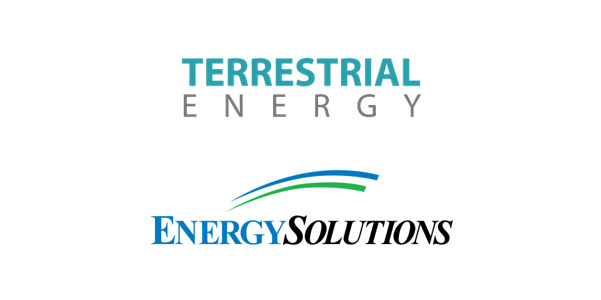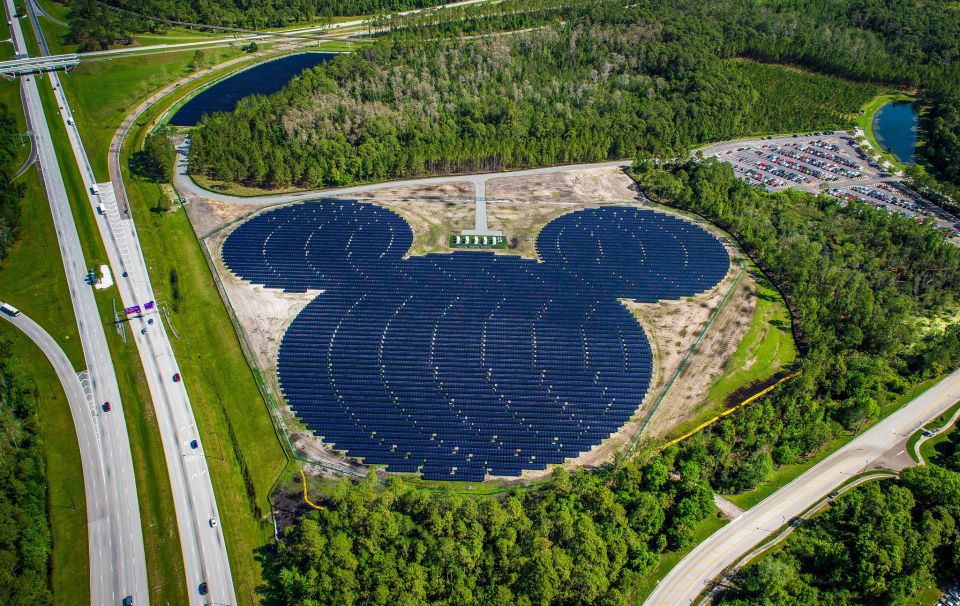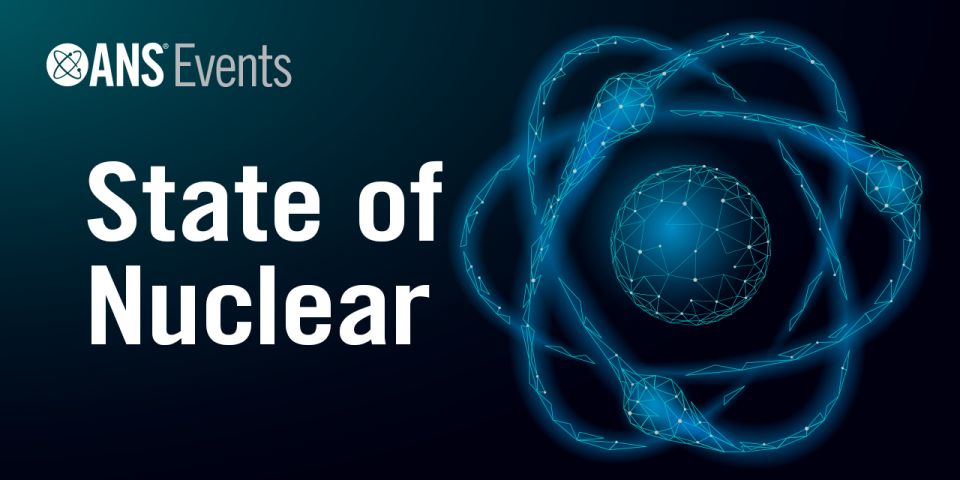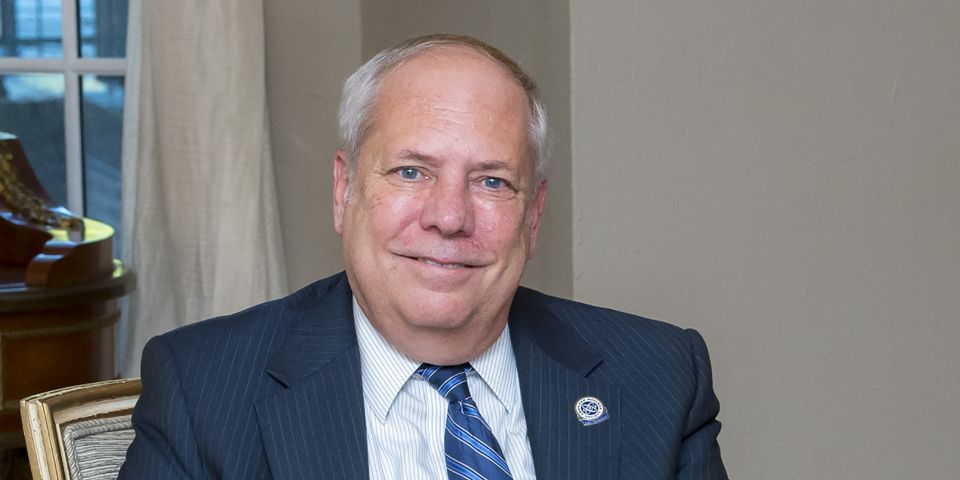Both designs offer significant innovations that improve upon today’s nuclear power plants and will set the tone for our demonstration program in helping to develop a portfolio of new reactors that will ultimately be competitive in both the United States and global markets.
NATRIUM REACTOR AND ENERGY SYSTEM
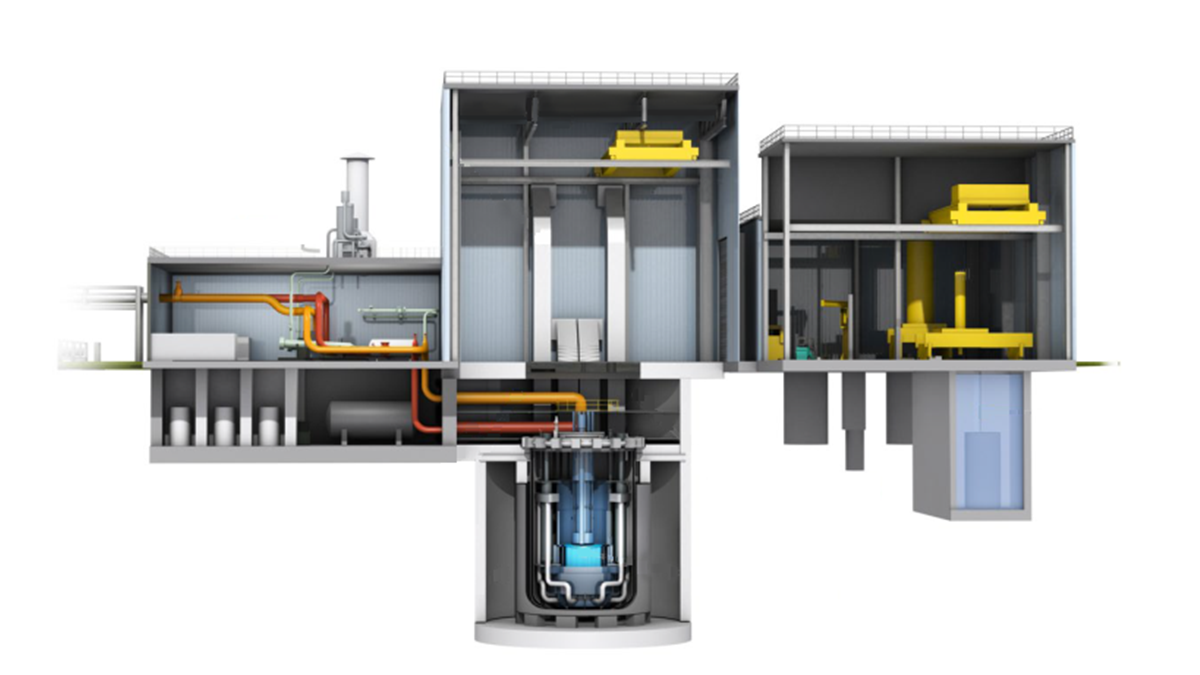
Natrium™ reactor and energy system architecture. Image: TerraPower
TerraPower teamed up with GE-Hitachi, Bechtel, and Energy Northwest to develop Natrium, a sodium-cooled fast reactor that leverages technologies used in solar thermal generation systems. Natrium couples a 345 megawatt electric (MWe) nuclear reactor with a molten salt energy storage system that can flexibly operate with renewable power sources. The simplified design and decoupling of nuclear and non-nuclear systems allow for expedited licensing and construction. The team expects to reduce the amount of nuclear-grade concrete required for the plant by 80 percent compared to traditional large-scale reactors. That’s a major cost saver!
The thermal energy storage system will help boost power production to 500 MWe and improve the economics of the plant by matching grid demand or providing other services, such as the production of hydrogen. The demo project also includes an initial one-year scope to start the design and licensing of an enrichment facility that would support the fueling of advanced reactors with high-assay, low-enriched uranium.

Xe-100 reactor by X-energy. Image: X-energy
XE-100 REACTOR
X-energy is partnering with Energy Northwest and Burns & McDonnell to develop its Xe-100 reactor and specialized uranium-based pebble fuel. The team will demonstrate a four-unit, 320 MWe plant that uses high-temperature helium gas to produce heat and electricity more efficiently. It leverages previously DOE-supported high-temperature gas technologies and uses the most robust nuclear fuel on earth, TRISO particles. Each 80 MWe reactor continuously refuels, meaning it can operate for a very long time before needing maintenance that might normally be done during refueling outages. The major components will also be factory-fabricated, making the plant faster and cheaper to build.
This project also includes the completion of X-energy’s TRISO fuel fabrication facility that would support additional advanced reactor designs that choose to use this specialized fuel, such as high-temperature molten salt and gas reactors.
Demonstrating new technologies
The Natrium and Xe-100 reactors will be the first of many designs that we plan on supporting through our Advanced Reactor Demonstration program.
We recognize that many U.S. reactor vendors need support in order to accelerate the development of their designs. Additional pathways will be provided to these private companies to help advance their technologies toward commercialization.
DOE will provide an additional $30 million to help reduce the risk of up to five additional advanced reactor designs that we plan to announce later this fiscal year.
Many U.S. companies lack the facilities and resources required to build, operate, and collect the data on their reactors to prove to regulators that they work as designed.
The Advanced Reactor Demonstration Program addresses this pressing need by leveraging the resources of our national laboratories and federal facilities to expeditiously usher our domestic developers through the technology development process.
This program is extremely ambitious and will ultimately show significant performance and cost improvements over today’s reactors that can be readily licensed by the U.S. Nuclear Regulatory Commission.
The DOE plans to leverage the recently established National Reactor Innovation (NRIC) at Idaho National Laboratory to accelerate this technology development. NRIC provides private sector technology developers access to the strategic infrastructures and assets at our national laboratories. Companies can use these resources for commercial nuclear energy research, development, demonstration, and deployment activities to support a timely and cost-effective path toward commercialization.
All part of the plan
These first selections represent a strong commitment by the DOE to the development of advanced nuclear technologies and are consistent with the Administration’s Nuclear Fuel Working Group strategy to help regain our global leadership in nuclear energy.
The emerging advanced nuclear energy market is expected to be worth billions of dollars. It will create thousands of jobs, grow economies, and lower emissions.
The real question is, where will this innovation take place?
I believe that we have the best talent, technology, experience, and resources in the world. It’s time to take the reins of the global nuclear market and do what we do best, which is to provide the most innovative solutions that address our world’s energy and environmental challenges.
Rita Baranwal is Assistant Secretary for the DOE's Office of Nuclear Energy





